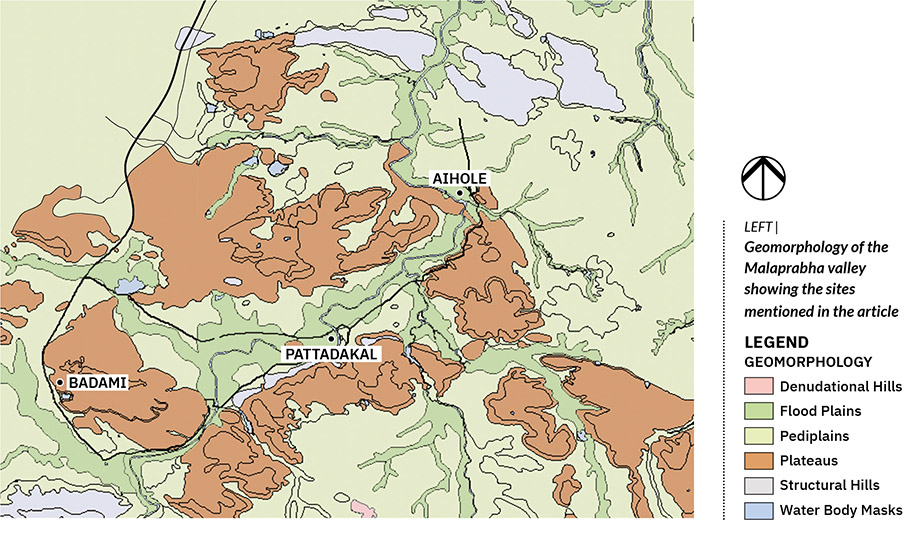| megalithic and burial landscapes
CULTURAL LANDSCAPES AND EARLY TEMPLES
IN THE MALAPRABHA VALLEY
KARNATAKA
Himanshu Prabha Ray
LA82 |
|
| In Karnataka’s Malaprabha valley, sacred landscapes evolved from megalithic burials to temples, reflecting cultural continuity, spatial sanctity, and religious diversity across centuries, shaped by natural features and human interventions.
|
|
Archaeologists use ‘cultural landscape’ as a tool of analysis that provides alternative models for understanding the development of sacred spaces within communities. For example, in the Malaprabha valley in north Karnataka, ancient temples and large stone dolmens or megaliths associated with the second and firstmillennium BCE Iron Age burials are often found in proximity. In chronological terms, the megaliths precede the temples. The beginnings of temples in the valley are dated to the middle of the first millennium CE, while a time bracket of 1200 to 300 BCE is generally accepted for the Iron Age megaliths. Locating these commemorative monuments within spatial contexts highlights the continuity of practices associated with commemorating the dead and erodes the binaries between nature/ culture, ritual/ economic, and sacred/ secular (Ray, 2023: 277-294).
|


|
|

|
|
|
|
|